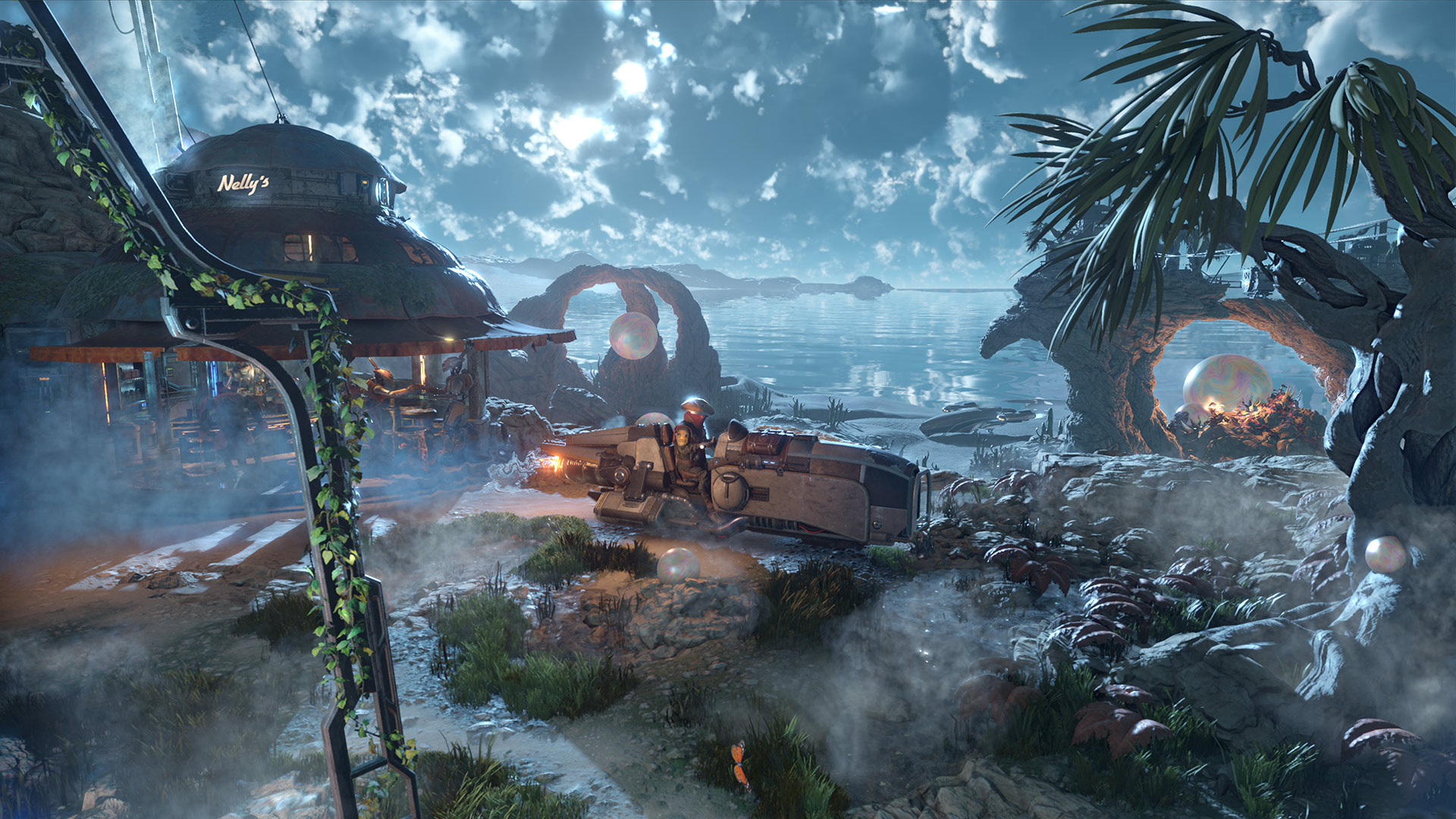UL Solutions, the makers of the ever popular 3DMark benchmarking software, has announced 3DMark Steel Nomad. It’s set to replace the now aging Time Spy benchmark, and it’s sure to bring even the best rigs to their knees, as any new 3Dmark software should!
Steel Nomad is a heavy non-ray tracing cross-platform benchmark. It will support DirectX 12 via Windows, but also macOS and iOS using Metal, Android using Vulkan, and Linux using Vulkan. So far, only three screenshots have been teased and they certainly look good. For now we don’t have any information on the structure of the test(s), though a CPU test would seem likely.
(Image credit: UL Solutions)
(Image credit: UL Solutions)
(Image credit: UL Solutions)
Why doesn’t Steel Nomad support ray tracing? Well, there are the Speed Way and Port Royal benchmarks for that. Despite the industry and Nvidia in particular shouting about ray tracing from the rooftops, enabling it still incurs a hefty performance hit, and mid-tier graphics cards don’t yet have the horsepower to run ray traced games consistently, particularly at higher resolutions. Rasterization still matters, and a cutting edge benchmark suitable for graphics cards old and new is welcome.
As a long time, now-retired extreme overclocker, I have spent hundreds of hours and hundreds of liters of liquid nitrogen benchmarking 3DMark over the years. As older versions become increasingly CPU limited over time, overclockers will welcome Steel Nomad, provided it scales with GPU power. I might not dust off the dewar and ln2 pot, but I for one will definitely be spending a lot of hours running Steel Nomad when it launches.
UL didn’t announce a release date, pricing or video of the benchmark, so it might be a bit of a wait. Given Time Spy’s enduring popularity—UL says there are over 42 million submitted results—there’s little reason to doubt that Steel Nomad will become the benchmark for synthetic graphics card benchmarking. So to speak.











